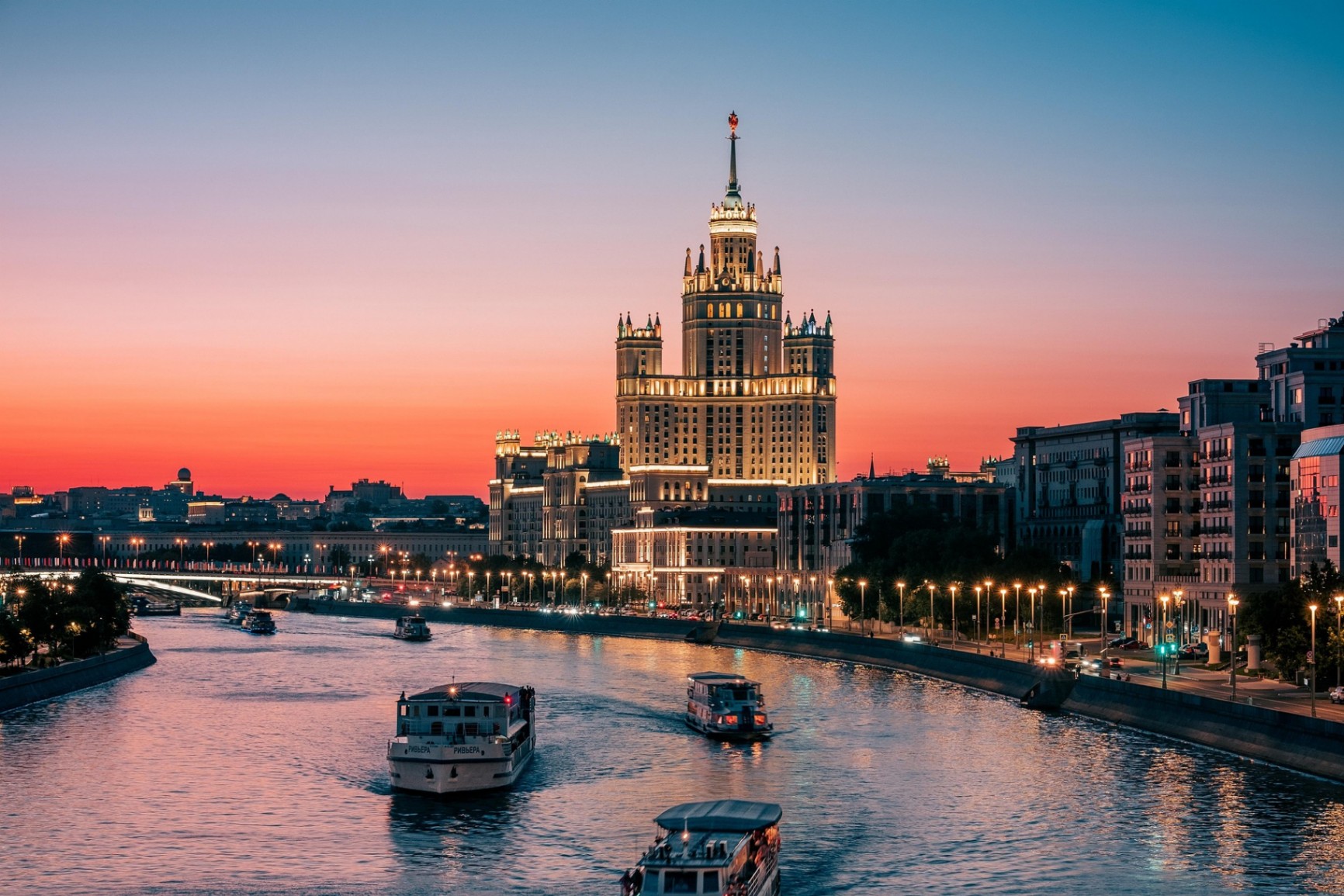It’s that time of the year when the heat starts to ramp up (at least in the Northern Hemisphere). And every year, we know that the summers are getting hotter than usual due to global warming.
But today’s topic is a little different, one which most folks who’ve been to or live in the cities experience.
Ever noticed that when you drive on a road from the countryside and enter the city, you start feeling hotter than usual? Well, that feeling you get is nothing but Urban heat.
If you have, don’t worry. You are not the only one.
In fact, such a phenomenon was said to be observed early in the 19th century by Luke Howard, widely considered as father of meteorology. This phenomenon tends to happen in pockets of the urban settlements, it’s been named Urban Heat Island (UHI). This heat is created by energy from all the people, cars, buses and trains in big cities that have lots of people and lots of activity.
How does UHI happen?
There are multiple reasons for UHI. Urban areas have high population density, with many people living in a limited area. And these areas have buildings very closely constructed to each other. When there is no more urban area left to expand, engineers start building upwards, creating skyscrapers.
One problem that arises from such ways of construction is that the heat gets trapped between the buildings. See, buildings are made up of good insulation materials. This means the heat, especially in the summer, gets trapped and cannot be reflected into the atmosphere. So, do most of the roads and footpaths that surround the buildings. This leads to higher temperatures in UHI during the night compared to the semi-urban or rural areas nearby.
And then there is “waste heat”. People and their things like cars and industries, have a lot of activity ongoing, which increases heat in the UHI. From people, it could be simple things like jogging and from cars/ industries, the pollutants that get released and trap heat. With UHI, as the density of such activities is more, so is the waste heat.
Then, in the summer, people start using more energy in the form of cooling fans and air conditioners. With UHI, this tends to be a lot more with larger density and more trapped heat, more need for cooling. This has put utilities across the world under pressure to meet energy demands, eventually leading to repetitive power outages or blackouts.
Here’s a satellite image of how heat is trapped in New York. The top map shows temperature, with cooler temperatures appearing in blue and hotter temperatures appearing in yellow. The bottom image shows vegetation, with beige indicating sparse vegetation and dark green indicating dense vegetation.

As per the recent IPCC report, which is a detailed study on how the climate across the world has been changing and is going to change, it has predicted that many growing cities like Ahmedabad are bound to have large effects due to UHIs.
What can be done to address UHI?
One thing a few city planners have been suggesting is to increase green vegetation on the buildings, either on the walls or on the roofs, to improve the reflection of heat. The other way would be to use reflective white paints on the rooftop to decrease the internal heat trapped in the building.
How do you think UHI should be addressed?

